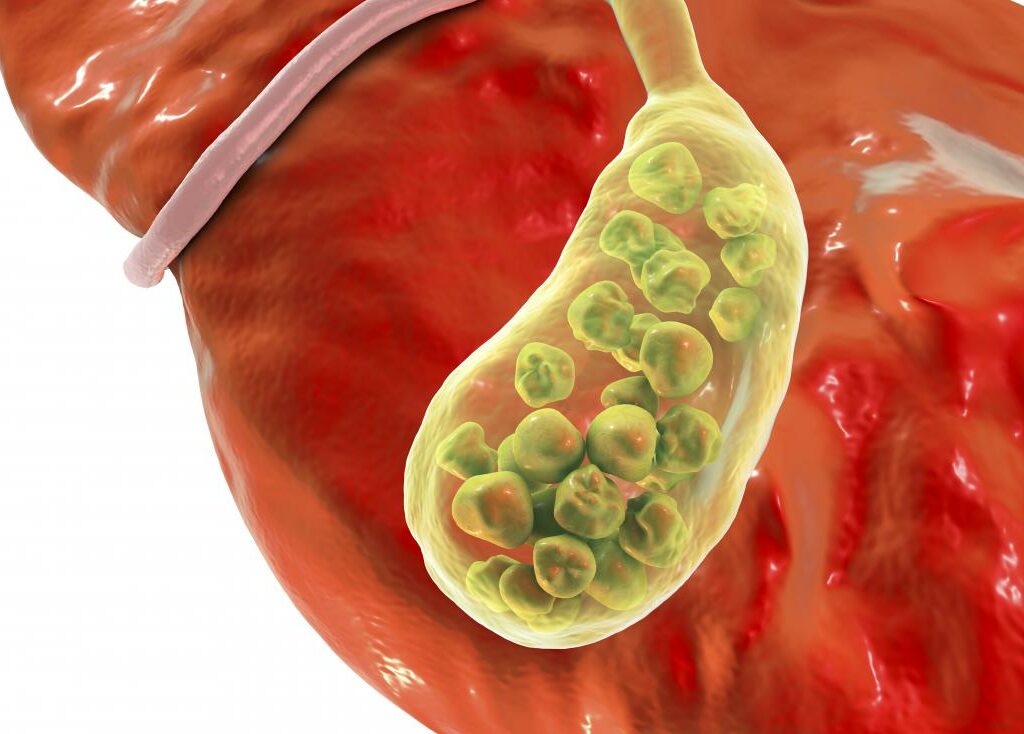Alive Blog
The hidden cause
The relationship between headaches and the gallbladder
Headaches are a common problem that can be caused by various factors. Stress, tension, dehydration, sinus issues or postural defects just to name a few. However, there is one lesser-known factor that may contribute to headaches. And it is the gallbladder. How this often-overlooked organ can play a role in the occurrence of headaches?
Anatomy and function of the gallbladder
Before we analyse the connection between gallbladder and migraines/headaches, let me give you an overview of this little organ and its role in the body.
The gallbladder is a small sac located just under the liver and it is responsible for storing bile. Bile is produced by the liver, stored in the gallbladder, and released at the right time and in the right quantitiy to aid digestion. When we consume a meal containing fats, the gallbladder releases bile into the small intestine to help break down fats and facilitate their absorption.
Things can go wrong sometimes, though. The term “gallbladder dysfunction” refers to any condition that affect the normal functioning of the gallbladder. For example, gallstones; inflammation (cholecystitis), or impaired bile flow (the duct in which the bile flows can become obstructed). These conditions will oftentimes result in various symptoms, like abdominal pain, nausea or indigestion. Interestingly, during the last 15 to 20 years, research has moved towards noticing a pattern between gallbladder dysfunctions and symptoms such as headaches and migraines.
The link
One proposed theory for the relationship between the gallbladder and headaches involves the role of bile in vascular changes. Bile contains certain substances called prostaglandins, which can affect blood vessels by increasing their volume. It is believed that when there is a disruption in the normal flow of bile or an excess of prostaglandins it may lead to changes in blood vessels, potentially triggering headaches in susceptible individuals.
Another potential explanation for the connection between headaches and the gallbladder lies in the shared nerve pathways. The gallbladder shares nerve connections with the upper back, neck, and head. Any inflammation or irritation in the gallbladder can potentially activate the same nerve pathways, leading to referred pain or discomfort in the form of headaches.

Headaches
Headaches are far from a one-size-fits-all phenomenon; they span a very wide spectrum of experiences.
Tension type headaches
These familiar companions present as a persistent, steady ache encircling the head. Often stemming from stress, poor posture, or muscle tension, they are akin to a gentle reminder to slow down.
Stress, though a natural response to challenging situations, triggers a cascade of physiological reactions. When faced with stressors, our bodies release hormones like cortisol and adrenaline, readying us for action. While this response is designed to protect us, prolonged or chronic stress can set the stage for a range of health issues, including headaches.
Stress is notorious for causing muscular tension—an underlying factor in stress-induced headaches. As stress tightens our muscles, particularly those in the neck, shoulders (the upper trapezius) and head, blood flow can be restricted. Naturally leading to discomfort. This physical tension often finds its expression as tension-type headaches—a common consequence of prolonged stress. Chiropractic cervical adjustments can help relieve this type of tension.
Beyond muscular tension, stress can also influence blood vessels in our bodies, particularly those in the head. When some stress hormones surge, blood vessels may constrict (vasoconstriction) reducing blood flow to the brain and potentially triggering headaches. This phenomenon is particularly prevalent in migraines, where stress can act as a potent trigger. Stress also has a subtle impact on our immune system. Chronic stress can lead to low-grade inflammation—a factor implicated in various health issues, including headaches. As inflammation takes hold, it can contribute to the sensitization of pain pathways in the brain, making us more susceptible to headache triggers.
Central Nervous System Activation
The brain’s central nervous system responds dynamically to stress. During periods of stress, certain areas of the brain become more active, while others are subdued. This intricate dance within the brain can influence headache patterns, as heightened activity in certain regions can amplify pain perception.
Migraines
Characterized by intense throbbing pain, migraines are frequently accompanied by nausea, sensitivity to light and sound, and even visual disturbances. Lasting for hours or days, they can be all-consuming, drastically impacting daily life. Migraines arise from a blend of genetic, environmental, and neurological factors. While the precise trigger can vary from person to person, certain common causes stand out.
Family history often plays a significant role, as migraines tend to run in families. Genetic variations can influence how our brains process pain signals and respond to triggers.
Neurological sensitivity. The nervous system of migraine sufferers is hypersensitive, reacting strongly to various stimuli. Changes in brain chemicals and nerve pathways can amplify pain signals and spark migraines.
Numerous factors can ignite migraines, from certain foods and beverages to hormonal changes, stress, and sensory stimuli like bright lights or strong odors. Triggers act as catalysts for an intricate chain reaction within the brain.
A Symphony of symptoms
Migraine symptoms can vary in intensity and presentation, often encompassing more than just head pain. A hallmark of migraines, the pain is often throbbing and localized on one side of the head. The intensity can be incapacitating, demanding quiet and darkness.
Also sensitivity to light (photophobia) and sound (phonophobia) is common during migraines. Everyday stimuli can become overwhelmingly distressing. Nausea often accompanies migraines, sometimes culminating in vomiting. This gastrointestinal response adds an extra layer of discomfort.
It is not uncommon to get visual disturbances. Known as aura, visual disturbances like flashing lights or zigzag patterns can occur before or during a migraine. Not all migraine sufferers experience auras.
Migraine management is a multifaceted endeavor, often involving a combination of lifestyle adjustments and medical interventions. Over-the-counter pain relievers can alleviate mild migraines. Prescription medications tailored to migraine treatment, such as triptans, can provide more robust relief.
Identifying and avoiding triggers is a crucial step. Managing stress, maintaining a regular sleep schedule, and practicing relaxation techniques can reduce the frequency of migraines.
Regarding nutrition, some migraine sufferers find relief by eliminating trigger foods, such as aged cheeses, chocolate, and processed meats, from their diets.
Please refer to our page on headaches for a complete overview.

The Gallbladder-headache nexus
The connection between the gallbladder and headaches is not immediately apparent, but it exists in the realm of shared physiological pathways. Bile, a key secretion of the gallbladder, contains bilirubin—a compound created during the breakdown of red blood cells. While bilirubin is crucial for digestion, its excess accumulation can lead to a phenomenon known as bilirubinemia.
Bilirubinemia, an elevation of bilirubin levels in the bloodstream, can manifest in peculiar ways. It has been suggested that excessive bilirubin levels could potentially impact blood vessels and cause dilation—an event that holds significance in the context of headaches. Dilation of blood vessels, particularly in the brain, has been linked to migraines—a form of headache characterized by intense throbbing and sensory disturbances.
Migraines and the gallbladder
Migraines, those enigmatic episodes that can disrupt daily life, often come with an array of triggers and factors. It’s in this complexity that the gallbladder may find its influence. Excessive bilirubinemia, potentially stemming from gallbladder-related issues, might contribute to blood vessel dilation, setting the stage for migraine episodes.
As mentioned above, gallbladder dysfunction – characterized by issues such as gallstones or inflammation – can subtly influence the body’s equilibrium. Inflammation, a hallmark of gallbladder problems, could potentially lead to the release of certain chemical mediators that affect blood vessel tone—another piece in the puzzle of the gallbladder-headache connection.
If you exclude dehydration, fatigue, or other environmental causes, the gallbladder might be the hidden cause of your headache.
Spinal care
If you suffer from headaches, it’s important to get diagnosed by a health care professional. Our chiropractic center mission is to help as many people as possible to conduct a healthier and happier life. We like to call it a “Chiropractic wellness center”, because we want you to be pain free and most importantly to stay pain free.
Edoardo Elisei DC
Alive Chiropractic LTD
alivechiropractic.co.uk
1C Crown Gate Square
POUNDBURY
